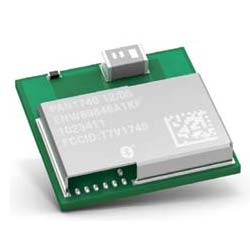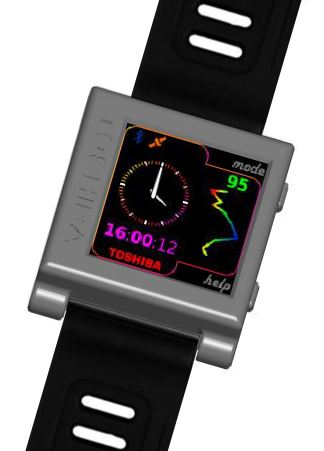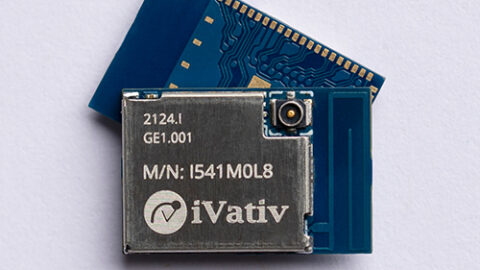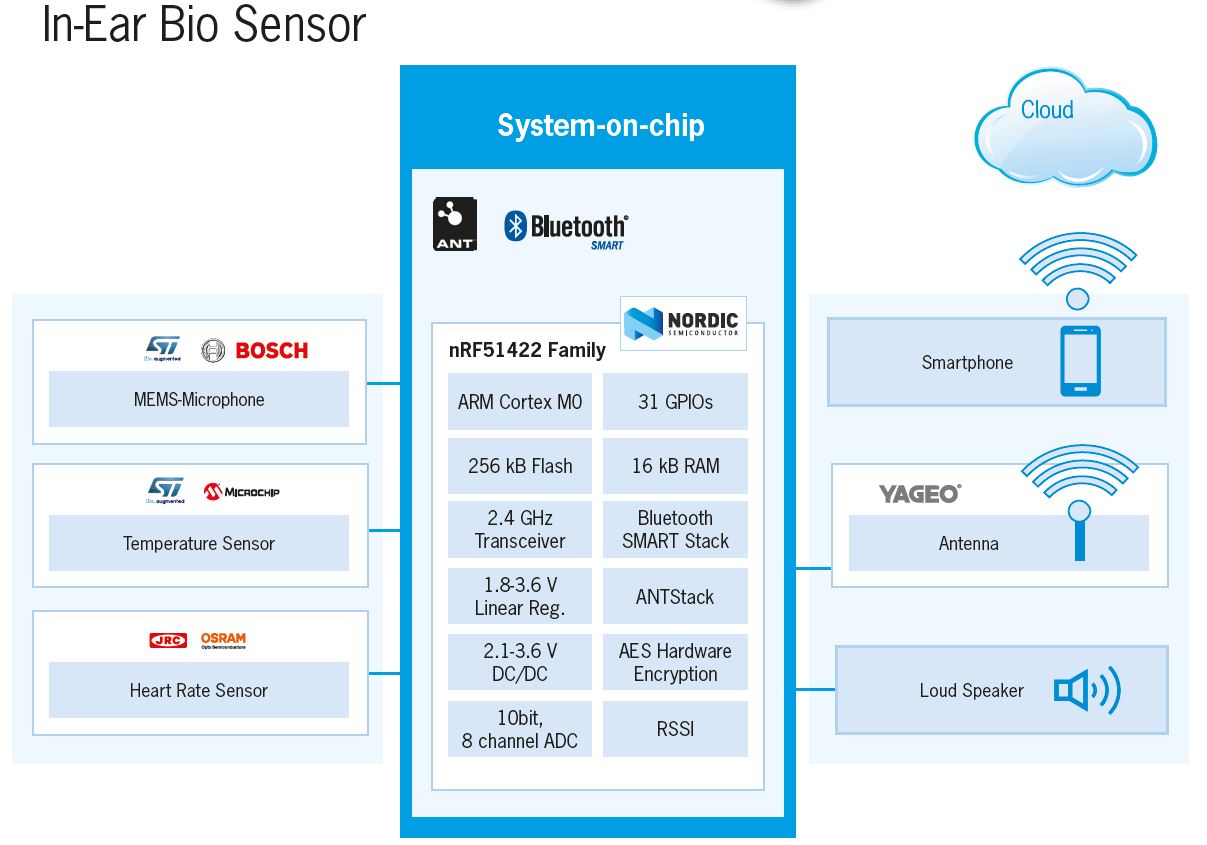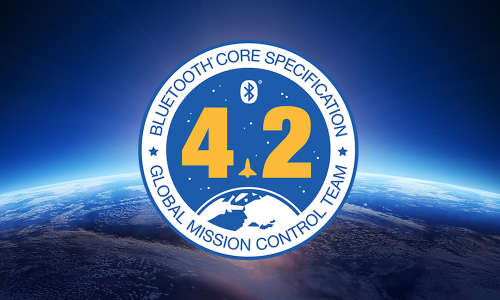Nordic Semiconductor extends operating temperature range of its nRF51 Series Bluetooth Smart SoCs to target industrial applications
The multiple award-winning nRF51822 Bluetooth Smart SoC is now qualified to the full -40 to +85°C industry-standard industrial temperature range
Ultra low power (ULP) RF specialist Nordic Semiconductor ASA (OSE: NOD) today announces that its multiple award-winning nRF51822 Bluetooth® Smart (formerly known as Bluetooth low energy) and 2.4GHz proprietary System-on-Chip (SoC) is now qualified to the full -40 to +85°C industry-standard industrial operating temperature range.
This wider operating temperature range was developed in response to the on-going acceptance and traction into new market segments and applications of Bluetooth Smart wireless technology. With its industry-leading performance, power, flexibility, and now a wider operating temperature range, the Nordic Semiconductor nRF51822 SoC is an ideal solution for an even greater number of applications, including industrial, home, and enterprise automation.
The nRF51822 16kB RAM / 256kB Flash, 6x6mm 48-pin QFN SoC is the first re-qualified -40 to +85 industrial temperature range variant to be released (an amendment to the Product Specification providing performance and functionality across the extended temperature range is available now at www.nordicsemi.no), with further variants scheduled to be qualified throughout H1 2015.
“We have seen an incredible pull from new markets and applications for our nRF51 Series of Bluetooth Smart SoCs,” comments Thomas Embla Bonnerud, Director of Product Management with Nordic Semiconductor.
Bonnerud continues: “Some of these applications require a wider temperature range and we are excited to announce that the nRF51822 has successfully passed qualification to the full -40 to +85° industry-standard industrial temperature range.
“Instead of creating new nRF51 Series variants for this purpose we decided to re-qualify existing variants for the extended temperature range enabling customers to re-purpose existing designs without modification and immediately benefit from the wider operating temperature range.”

